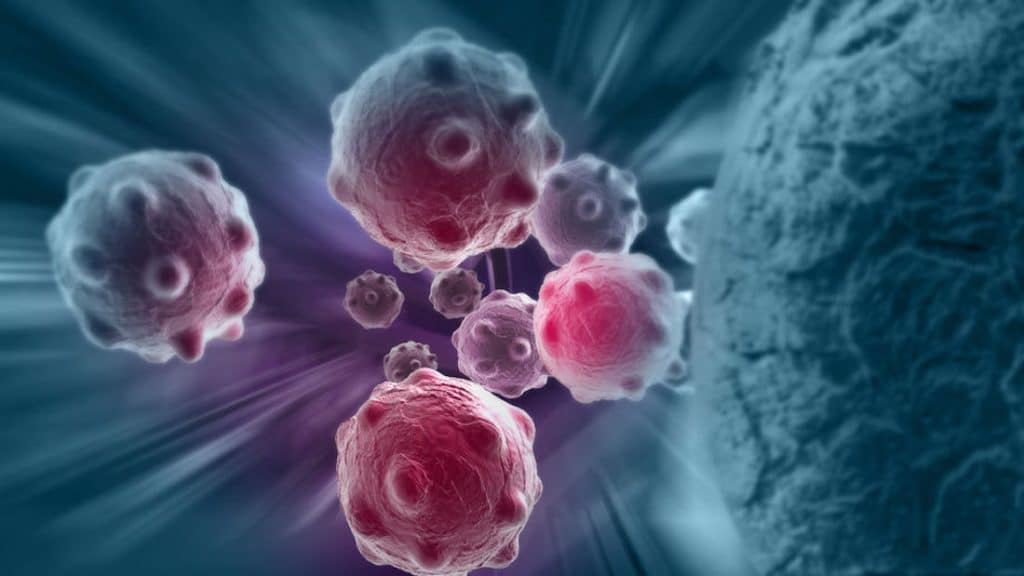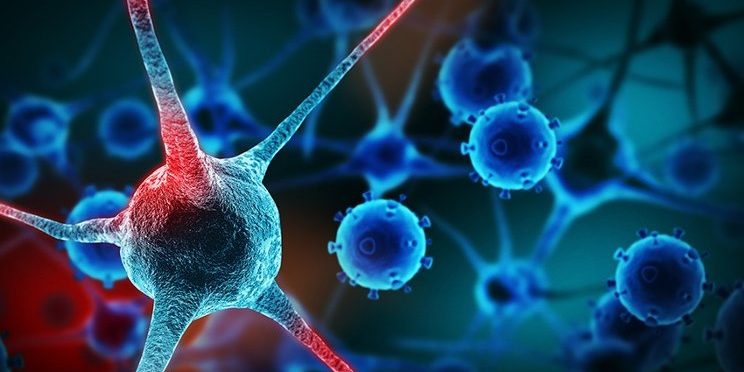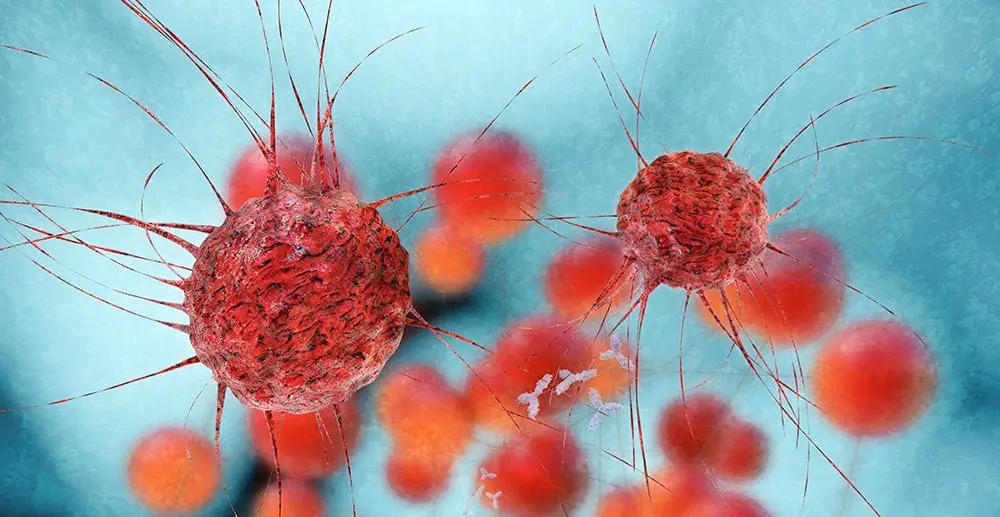Unraveling the complexities of circular RNAs (circRNAs) in cell biology cancer has placed scientists on the brink of revolutionary discoveries in the diagnosis and treatment of cancer.
The Complexities of Circular RNAs
A new study from Flinders University, published in Nature Reviews Cancerforesees extraordinary potential for circular RNAs to improve cancer treatment and patient outcomes within the next 5-10 years.
“Over the past decade, research into circular RNAs has emerged as a key area of study, revealing the crucial role that these unique RNA molecules play in cancer biology,” says Flinders University Professor Simon Conn, who leads the Circular RNAs in Cancer Laboratory at the Flinders Health and Medical Research Institute (FHMRI).
“By understanding the specific functions of circular RNAs at each stage of cancer, we hope to harness them in the fight against cancer, paving the way for innovative diagnostic and therapeutic developments that could change the landscape of oncology forever.”
RNA is a family of genetic fragments, very similar to DNA, found in human cells.
Circular RNAs are the most recently discovered type of RNA, which differs from other RNAs because it is a closed circle and has special significance in the ongoing fight against cancer.
The study, “Circular RNA in Cancer,” examined key aspects of circRNAs, including how they are produced, how they act to promote cancer, and how they may be exploited as a novel cancer treatment.
“We only discovered circular RNAs about 10 years ago. But in that short time, we’ve discovered that there are more than 10 times more circular RNAs than all other RNAs combined, and they play a huge role in every step of almost every cancer, from the initiation of the first cancer-causing mutation to metastasis and even making cancer cells resistant to chemotherapy,” says Prof. Conn.
“Insights into circular RNAs are advancing rapidly, we now know that naturally occurring circRNAs can be used to induce an immune response to kill tumor cells, mimicking the way the synthetic COVID-19 vaccine works to target the virus.
“We also found that high levels of circRNA in some people can cause mutations in their DNA that cause a form of blood cancer called leukemia.”
The study also highlights the possibility of using circRNAs as cancer biomarkers.

Lead author Dr Vanessa Conn, a senior research fellow at Flinders University, says circRNAs will play an important role in cancer diagnosis and detection in the future.
“CircRNAs may be used as cancer biomarkers in liquid biopsies, like blood biopsies, to help doctors know when cancer starts before it can be visualized on MRI and even when it responds to treatment,” says Dr. Vanessa Conn.
“Basically, by using strategies to increase or decrease specific circRNAs in cancer, we can use them as a completely new therapy that will be useful for patients with difficult-to-treat cancers, such as brain cancer and pancreatic cancer.
“As we continue to uncover the complex workings of circRNAs, potential applications in personalized medicine may soon become a reality,” he says.
The husband-and-wife research team, based at Flinders University, are continuing their studies to explore the role of circular RNAs in cancer and other diseases.
Circular RNA Shows Promise as a Cancer Biomarker
As new technologies allow researchers to delve deeper into the genome and exome, a new class of RNA, called circular RNA, may play an intriguing role.
Researchers at the University of Michigan Rogel Cancer Center have cataloged circular RNA in numerous tumors and conducted initial research suggesting that these stable structures could serve as cancer biomarkers in blood or urine.
Circular RNAs are a type of noncoding RNA that forms in a closed circular structure rather than a linear structure. New RNA sequencing methods have brought them to light, and little is known about why or how they work. But their stable structure makes them ideal candidates for developing cancer biomarkers.
The study, published in Cell, identifies a compendium of circRNAs in cancer, creating a database for future studies.
I am very excited about the potential of circular RNAs as noninvasive biomarkers. Because of their stability, we may be able to detect them in the blood or urine of cancer patients. This could be useful for cancer diagnosis or prognosis,” says Arul M. Chinnaiyan, MD, Ph.D., director of the Michigan Center for Translational Pathology and the S.P. Hicks Professor of Pathology at Michigan Medicine.

The researchers identified circRNA from over 800 tumor samples collected as part of the MiONCOSEQ program. They demonstrated that the capture RNA sequencing developed for MiONCOSEQ was more robust in detecting circRNA than existing methods.
“The capture approach can be limited because it relies on the probes that we used to capture the RNAs. But the whole-exome capture approach makes it meaningful. We capture a lot of RNA this way. That’s why we were able to name so many circRNAs that were not known before,” Chinnaiyan says.
The technique requires only a small amount of total RNA to identify circRNA. This means it could be detected in places where RNA is diluted, such as blood or urine.
Additionally, the team identified several circRNAs that were found in prostate cancer tissue. By evaluating circRNAs from prostate cancer cells, they found that they were more stable than linear RNA. They could also be detected in urine samples.
“We were able to demonstrate that these circRNAs exist in urine and that those from prostate cancer can be detected. Our future studies will explore these circRNAs as urine- or blood-based cancer biomarkers,” says Chinnaiyan.
The researchers turned their findings into a database called MiOncoCirc, cataloging circRNAs reported from tumor samples. This resource is available to other researchers to help develop new cancer biomarkers.
Circular RNA Promotes Small Cell Lung Cancer Progression
Researchers led by Prof. Lin Wenchu from the Hefei Institutes of Physical Science (HFIPS) of the Chinese Academy of Sciences have proposed a mechanism by which circular RNA (circRNA) can promote the progression of small cell lung cancer (SCLC) in vitro and in vivo. The findings were published in Molecular Cancer.
Small cell lung cancer is a recalcitrant tumor with limited treatment options. The overall 5-year relative survival rate for SCLC is less than 7%.
Covalently closed circRNAs are endogenous single-stranded RNA molecules with loop-like structures that play a critical role in cancer initiation, progression, and metastasis; however, the biological functions of circRNAs in SCLC are still poorly understood.

In this study, the researchers found that circRNA-circVAPA (circular vesicle-associated membrane protein A-associated protein), derived from exons 2-4 of the VAPA gene, showed higher expression levels in SCLC compared to controls.
“CircVAPA exerts a cancer-promoting effect in SCLC by modulating the miR-377-3p and miR-494-3p/IGF1R/AKT axis,” said Prof. Lin, “and this extends our knowledge of circRNAs in SCLC.”
Furthermore, circVAPA depletion significantly enhanced the inhibitory effects of BMS-536924, an insulin-like growth factor 1 receptor (IGF1R) kinase inhibitor in cellular and mouse xenograft models, providing a novel therapeutic strategy for the treatment of small cell lung cancer.
#Circular #RNAs #Frontier #Cancer #Research